While some dishes bring nostalgia and comfort, they might not resonate with the younger palette. Millennials tend to favor modern, fusion, and health-conscious cuisine over traditional Boomer fare. Here, we explore 17 dishes beloved by Boomers but might not be the first choice for Millennials. Each item tells its own story, reflecting changing tastes and culinary trends.
Jell-O Salad

Remember the wobbly, colorful Jell-O salads from family gatherings? These desserts were the highlight of many Boomer-era dinners. However, their gelatinous texture and sweet-savory mix might not appeal to Millennials, who lean towards fresh fruit bowls.
Jell-O salads often combined flavors and ingredients that were a hit in the past but seem outdated now. With Millennials favoring whole foods and clean eating, this dish finds itself on the brink of fading into obscurity.
Fun fact: Originally introduced in the 1930s, Jell-O salads were considered a sign of affluence.
Canned Soup Casseroles
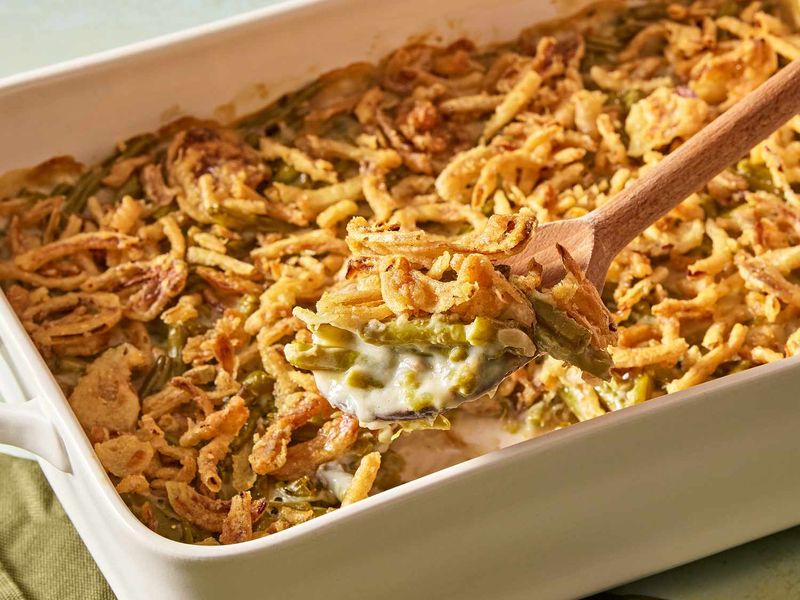
Canned soup casseroles, like the famous green bean casserole, were the go-to comfort food for many Boomers. Easy to prepare and hearty, they were perfect for busy families.
However, Millennials often prefer fresh ingredients over canned, seeking to reduce sodium and preservatives. The convenience of canned soup is now overshadowed by the desire for healthier alternatives.
Interestingly, this dish was popularized in the 1950s as a way to sell more canned soups, showing how marketing shaped culinary trends.
Meatloaf
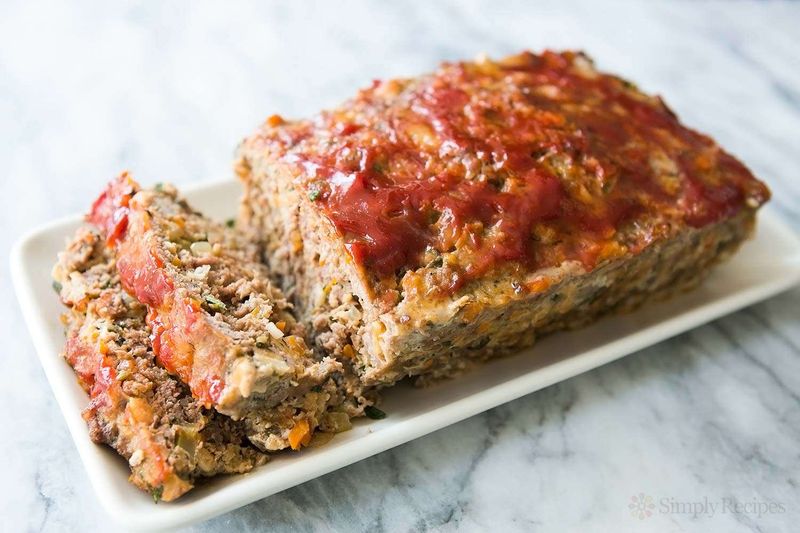
Meatloaf, often topped with a thick layer of ketchup, was a staple in Boomer households. Its hearty, comforting nature was beloved, but Millennials often find it too heavy and outdated.
Today’s younger generation leans towards plant-based alternatives and lighter meals. Meatloaf, once a symbol of wholesome family dinners, struggles to find its place on modern tables.
Did you know? Meatloaf has origins dating back to the 5th century, evolving over time to become a Boomer favorite.
Ambrosia Salad

Ambrosia salad, a mix of fruits, marshmallows, and coconut, was a sweet end to Boomer meals. Its sugary, creamy composition might not suit Millennials, who often favor less processed sweets.
This dish’s nostalgic value isn’t enough to win over those who prioritize fresh, natural flavors. The bright yet heavy ambrosia salad faces a challenge against modern dietary preferences.
Interestingly, ambrosia was once considered the “food of the gods,” but today, it struggles to capture the Millennial interest.
Deviled Eggs

Deviled eggs, with their creamy yolk filling, were a hit at countless Boomer parties. Their appealing presentation and savory taste made them a beloved appetizer.
Yet, Millennials might find them too traditional and prefer more contemporary hors d’oeuvres. The resurgence of global cuisine has introduced a variety of new appetizers, overshadowing old favorites like deviled eggs.
Though they may not be as trendy, deviled eggs still hold a place in the hearts of those who appreciate their classic charm.
Liver and Onions
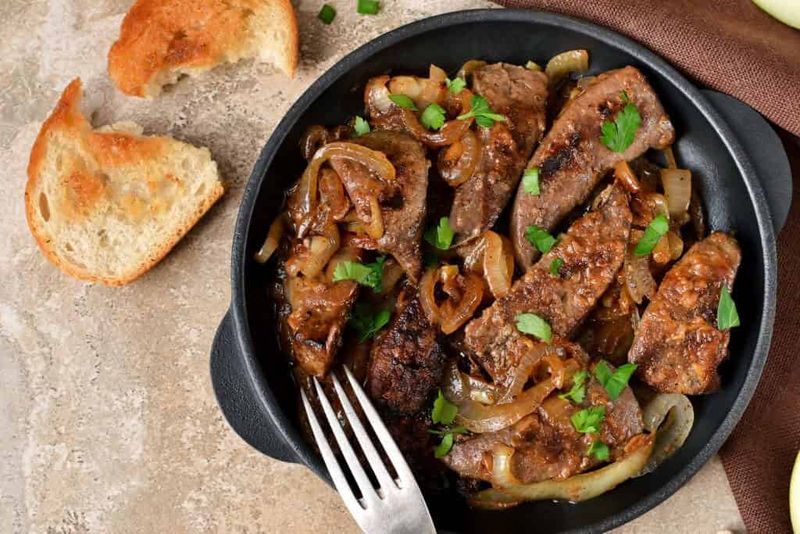
Liver and onions, a dish packed with nutrients, was a regular on Boomer menus. Despite its health benefits, Millennials often avoid it due to the strong flavors and associations with “old-fashioned” eating.
The preference for milder and plant-based foods leaves liver and onions in the past. Its pungent aroma and unique taste are not for everyone, making it a relic of a previous generation’s dining habits.
A relic of wartime practicality, this dish represented a time when no part of the animal went to waste.
Pineapple Upside-Down Cake

The pineapple upside-down cake, with its caramelized fruit topping, was a dessert delight for Boomers. Its sweet, tropical flavors were perfect for special occasions.
However, Millennials tend to gravitate towards lighter, less sugary desserts. The ornate appearance and intense sweetness of this cake might not appeal to modern tastes.
Once a symbol of hospitality in the 1950s, the pineapple upside-down cake now serves as a reminder of a more indulgent culinary era.
Tuna Noodle Casserole
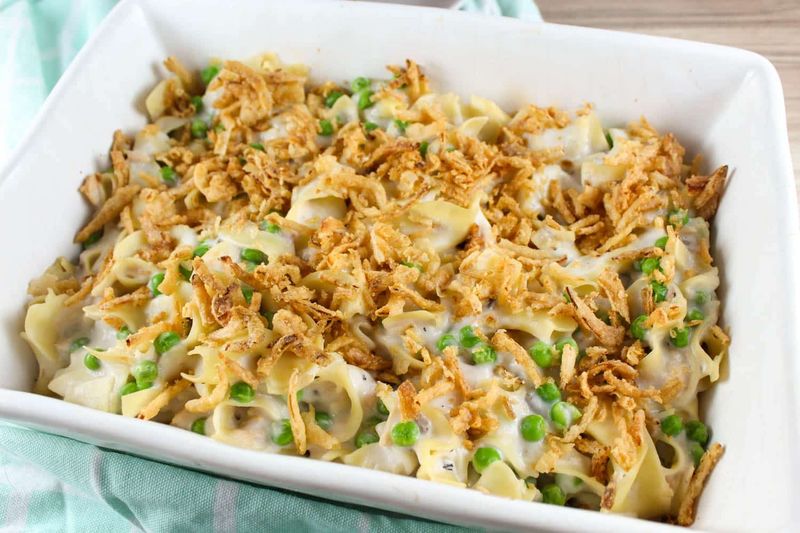
Tuna noodle casserole, creamy and comforting, was a staple for many Boomer families. Its simplicity and use of pantry staples made it an easy midweek meal.
Millennials, however, often seek fresher and more sophisticated flavors. The rich, heavy nature of this dish doesn’t align with contemporary dining trends favoring lighter fare.
Originating as a budget-friendly meal in the mid-20th century, the tuna noodle casserole now competes with diverse, globally-inspired dishes.
Vienna Sausages

Vienna sausages, small and convenient, were once a popular snack for Boomers. Their portability and savory taste made them a quick, accessible meal.
Millennials, however, may find the processed nature of these sausages unappealing. The preference for artisanal and organic products leaves Vienna sausages as a relic of simpler times.
Despite their decline in popularity, Vienna sausages remain a nostalgic snack for those who grew up enjoying them.
Chicken à la King
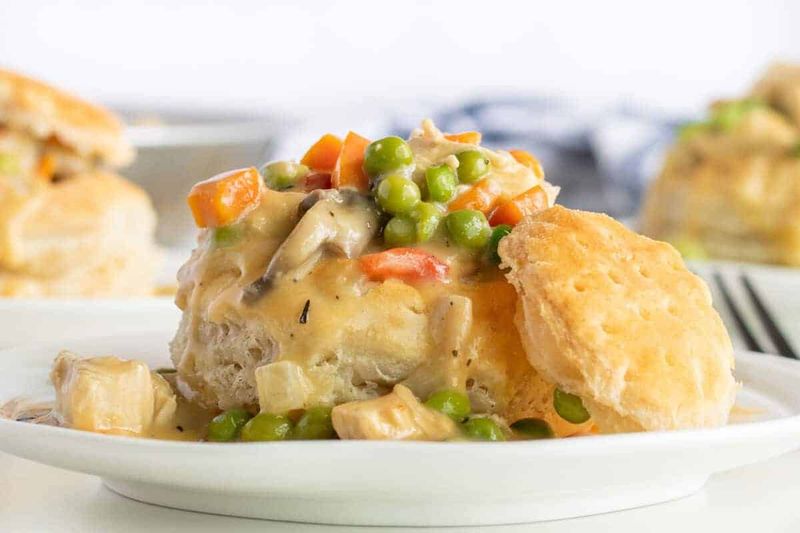
Chicken à la King, with its creamy sauce and tender chicken, was a luxurious dish for Boomers. Served over rice or pasta, it was the epitome of elegance.
However, Millennials might view it as overly rich and old-fashioned. The trend towards lighter and more diverse cuisines means Chicken à la King is less likely to feature in a Millennial’s menu.
Once a staple of fine dining, this dish now represents a bygone era of culinary indulgence.
Gelatin Molds

Gelatin molds, often adorned with fruit, were a centerpiece at Boomer gatherings. Their unique presentation was both a visual delight and conversation starter.
Today, Millennials may find them overly decorative and lacking in culinary substance. The focus on minimalism and authenticity in food means gelatin molds are seldom seen on modern tables.
Once a testament to creativity in cooking, gelatin molds now symbolize an era of extravagant presentation.
Spam

Spam, the canned meat product, was a versatile and convenient ingredient for Boomers. Its long shelf life and ease of use made it a pantry staple.
Millennials, however, often seek fresh meat alternatives and find Spam’s processed nature less appealing. The culinary shift towards transparency and quality ingredients leaves Spam mostly in the past.
Despite this, Spam holds a place in history as a culinary icon of the mid-20th century.
Beef Stroganoff
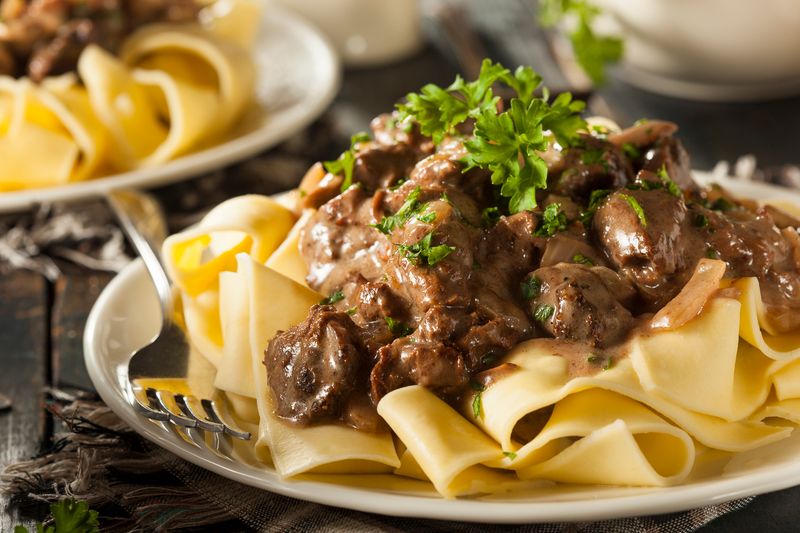
Beef Stroganoff, with its rich, creamy sauce, was a favorite for Boomers seeking comfort in a meal. Its hearty and fulfilling nature was ideal for family dinners.
Millennials, however, might find this dish too heavy and prefer meals with cleaner ingredients and less cream. The evolution of global dining habits has introduced lighter, more varied cuisines.
Originating from Russia and becoming popular in the 1950s, Beef Stroganoff now represents a more traditional culinary approach.
Aspic

Aspic, a savory gelatin dish, was a sophisticated addition to Boomer-era menus. Its elegant presentation made it a highlight at formal gatherings.
However, the concept of gelatinous meat dishes may not appeal to Millennials, who often prefer simpler, more straightforward foods. The intricate nature of aspic seems out of touch with modern dining trends.
Once a symbol of culinary artistry, aspic now serves as a reminder of past dining extravagance.
Fruit Cake

Fruit cake, dense and packed with candied fruits, is a holiday tradition for many Boomers. Its sweetness and long shelf life made it a festive favorite.
Millennials, however, might find it too rich and prefer lighter, fresher desserts. The modern shift towards innovative and less conventional holiday treats leaves fruit cake on the sidelines.
Despite mixed reviews, fruit cake remains a nostalgic holiday staple for those who cherish its tradition.
Shrimp Cocktail
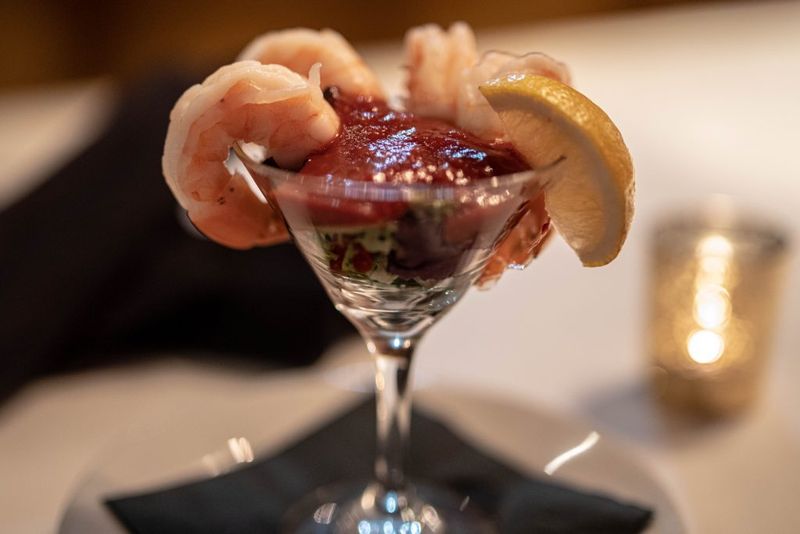
Shrimp cocktail, with its chilled shrimp and tangy sauce, was a sophisticated starter for Boomer gatherings. Its elegant presentation made it a popular choice.
In contrast, Millennials might lean towards more adventurous seafood dishes, finding traditional shrimp cocktails less exciting. The focus on bold, global flavors gives way to new appetizer trends.
Despite its decline in popularity, shrimp cocktail remains a classic choice for those who appreciate its simplicity and elegance.
Pot Roast
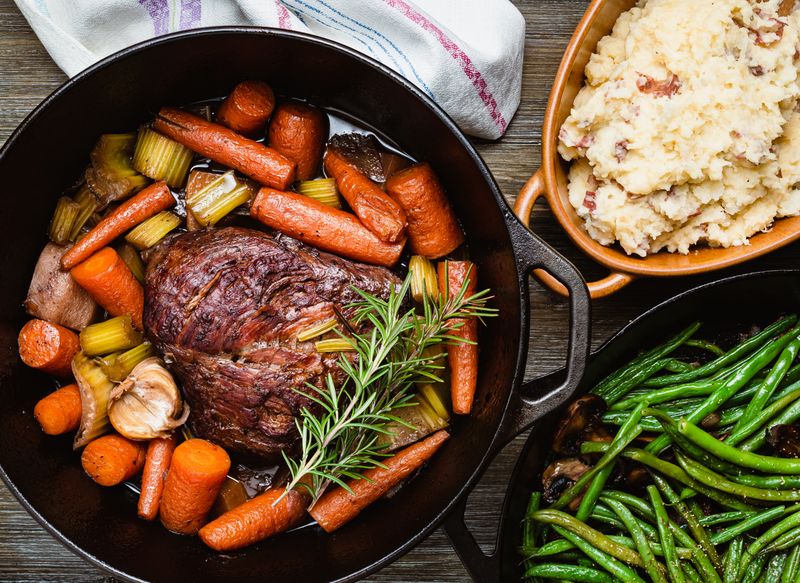
Pot roast, slow-cooked and flavorful, was a Sunday staple for Boomer families. Its tender meat and rich gravy provided comfort and satisfaction.
Millennials, however, often seek quicker, lighter meals that fit their fast-paced lifestyles. The shift towards plant-based dining also impacts the popularity of traditional meat dishes like pot roast.
Nonetheless, pot roast holds a cherished place in culinary history, representing the art of slow-cooked family meals.
Leave a comment